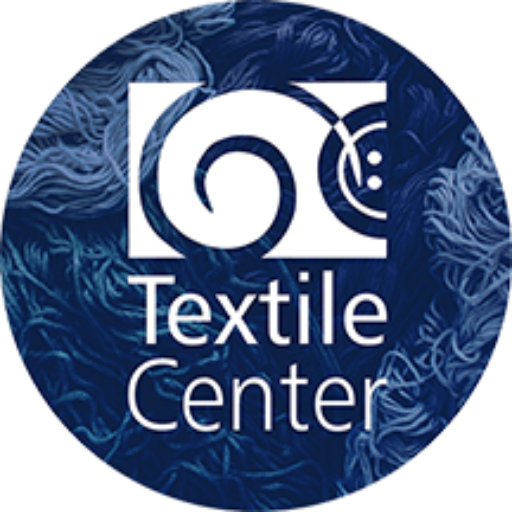How Textile Center Came to Be
Textile Center is unique as a national center for fiber art. Fiber artists and visionary arts patrons started the organization, which was incorporated as a nonprofit in 1994. Before Textile Center was founded, local artists and guilds operated in isolation and faced limited opportunities to exhibit work, expand participation, or pursue advanced training. Textile Center’s first decade drew disparate groups into a coalition and answered fiber artists’ need for space to meet, exhibit, teach, and learn. Instrumental in this effort was one of the founders of Textile Center: Margaret Miller – the organization’s executive director for its first 18 years of existence.

Textile Center founders: Carla Adams, Margaret Miller, Paula Pfaff, Nedra Granquist
During its first seven years Textile Center operated from an office in St. Paul and it presented three or four annual fiber art exhibitions in venues across the region. At the same time, Textile Center founders were building connections among textile guilds, fiber artists, and textile arts enthusiasts–and they began an extensive search for a permanent home. In 2000, Textile Center found a 1920s one-story brick building in the Prospect Park neighborhood of Minneapolis, and a capital campaign was launched to pay for the purchase and renovation of this building.
Textile Center surpassed its $2 million capital campaign goal in early 2003, thanks to phenomenal grassroots support from more than 1,300 individuals and scores of textile guilds, businesses, and foundations. Rapson Architects designed the renovation of the building, originally a Ford auto showroom, and uncovered many of the building’s original features including clerestory windows, terrazzo floors and trusses that had been hidden for years. The renovated facility opened in 2001, which led to a dramatic expansion of Textile Center programs and services. The founders’ desire for a gathering place where textiles could be celebrated—not just for their practicality, but also for their beauty as an art form—was finally realized.
Textiles have always played a social role in bonding families and communities; contributed to spiritual and sacred traditions; been important to world trade; and provided a rich expressive medium for craftsmen and artists, including outstanding contemporary artists. Fiber art encompasses a wide range of forms, both creative and crafted, including weaving, quilting, knitting, sewing, dyeing, felting, needlework, lace making, basketry, beading, hand-constructed sculpture, installation and multimedia work. It’s a universal form, and ancient examples survive in places as disparate as Egypt, China, and Peru. Historically an under appreciated, female, art form (the term “spinster” comes from women and girls who spun wool), The National Museum of Women in the Arts reports that since feminist artists have “…brought fiber art into the Western mainstream in the 1960s and ’70s, textiles have become central to contemporary artistic practice worldwide.”

2001 building demolition
Textile Center is located in the heart of the new Towerside Innovation District, which extends from the University of Minnesota Twin Cities campus east into St. Paul. Towerside is “the only duly designated innovation district in the Twin Cities with the intent to mix entrepreneurs, residents, researchers, developers and businesses with a new, restorative, healthy and arts-inspired community.” As the only center of its kind in the region, Textile Center contributes to this goal.
More than 20 textile guilds use the Center’s space and services to support its activities throughout the year. Textile Center programs more than 200 classes a year for all skill-levels and year-round youth programming which includes the Youth Fiber Art Guild™. Patrons flock from around the region to attend the annual World’s Largest Textile Garage Sale, in which volunteers help repurpose donations of textile materials and sell back to the community at inexpensive prices.
In recognition of its artistic initiative and its steps to strengthen the cultural community, in 2002 Textile Center received the 11th Annual U.S. Bank Sally Ordway Irvine Award for Initiative, and in 2011 was a host for the Surface Design Association’s annual national conference, Confluence.
In November 2021, Textile Center’s Board of Directors adopted its 2022-2027 Strategic Plan, created after many long conversations with staff and board, individual interviews and conversations with dozens of stakeholders, a focus group with Guild leaders, and an in-depth open community survey to which 1,232 people responded. The plan was created with a commitment to Textile Center’s mission: “to honor textile traditions, promote excellence and innovation, nurture appreciation, and inspire widespread participation in fiber art.”



